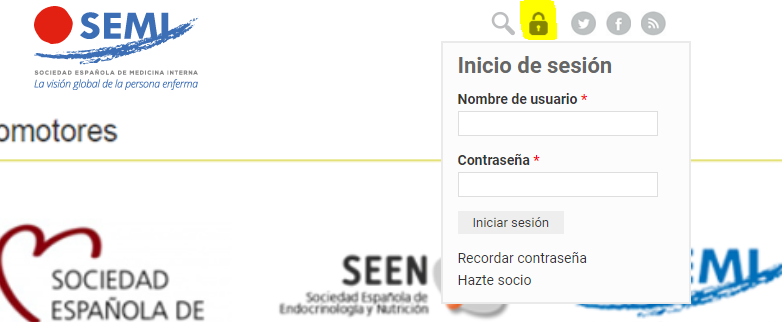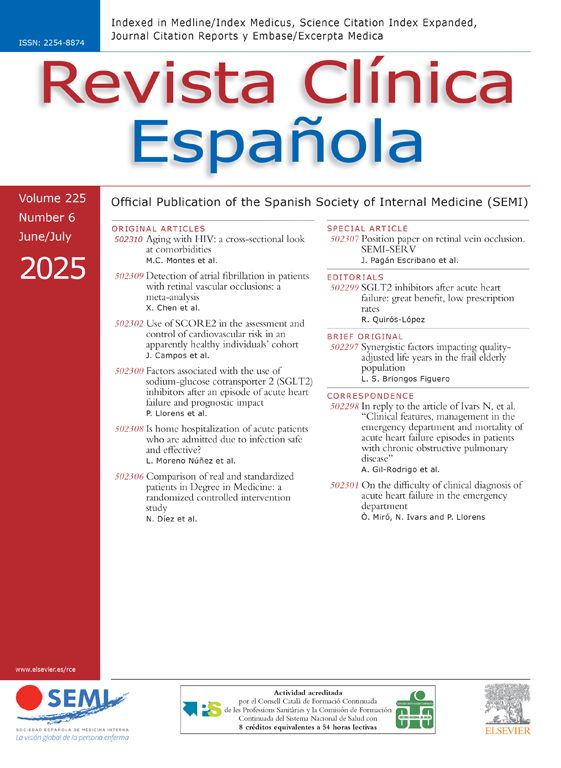The triglyceride-glucose (TyG) index is derived from a combination of fasting plasma glucose and triglyceride levels, making it a reliable indicator of insulin resistance. Prior studies have established a significant connection between insulin resistance and Alzheimer's disease (AD). Nevertheless, the relationship between the trajectory of the TyG index and AD onset is still not clearly understood.
MethodsThis longitudinal prospective cohort study derived data from the Framingham Heart Study Offspring cohort. A total of 2,170 participants without AD at baseline were included and were prospectively followed until 2018. Groups of participants with comparable TyG index trajectories were identified through the application of latent class growth mixture modeling analysis.
ResultsA cohort of 163 participants were diagnosed with AD during the follow-up. The incidence of AD in the low, moderate, and high trajectory groups was 0.38, 0.66, and 0.68 per 100 person-years respectively. Compared to the low trajectory group, both the moderate trajectory (hazard ratio [HR] 1.53, 95% confidence interval [CI] 1.04-2.25) and high trajectory groups (HR = 1.90, 95%CI:1.09-3.31) exhibited an elevated risk of developing AD. These results remained consistent after adjusting for multiple covariates (moderate: HR = 1.53, 95%CI:1.02-2.29; high: HR = 1.84, 95%CI:1.03-3.27, respectively).
ConclusionHigher TyG index trajectories exhibit a notable correlation with the development of AD. Early and continuous monitoring of the TyG index in individuals identified as high-risk for AD may help implement timely prevention measures.
El índice triglicéridos-glucosa (TyG) se deriva de una combinación de los niveles de glucosa plasmática en ayunas y triglicéridos, lo que lo convierte en un indicador confiable de resistencia a la insulina. Estudios previos han establecido una conexión significativa entre la resistencia a la insulina y la enfermedad de Alzheimer (AD). Sin embargo, la relación entre la trayectoria del índice TyG y la aparición de la AD aún no se entiende completamente.
MétodosEste estudio prospectivo y longitudinal derivó datos de la cohorte descendiente del Estudio de Framingham. Un total de 2,170 participantes sin AD al inicio del estudio fueron incluidos y seguidos prospectivamente hasta 2018. Se identificaron grupos de participantes con trayectorias comparables del índice TyG mediante el análisis de modelado de mezcla de clases latentes (LCGA, por sus siglas en inglés).
ResultadosUn total de 163 participantes fueron diagnosticados con AD durante el seguimiento. La incidencia de AD en los grupos de baja, moderada y alta trayectoria fue de 0.38, 0.66 y 0.68 por cada 100 personas-años, respectivamente. En comparación con el grupo de baja trayectoria, tanto el grupo de trayectoria moderada (hazard ratio [HR] 1.53, intervalo de confianza [IC] del 95%: 1.04-2.25) como el de alta trayectoria (HR = 1.90, IC 95%: 1.09-3.31) mostraron un riesgo elevado de desarrollar AD. Estos resultados se mantuvieron consistentes después de ajustar por múltiples covariables (moderado: HR = 1.53, IC 95%: 1.02-2.29; alto: HR = 1.84, IC 95%: 1.03-3.27, respectivamente).
ConclusiónLas trayectorias más altas del índice TyG muestran una correlación notable con el desarrollo de la AD. El monitoreo temprano y continuo del índice TyG en individuos identificados como de alto riesgo para la AD puede ayudar a implementar medidas preventivas oportunas.
Article
Diríjase desde aquí a la web de la >>>FESEMI<<< e inicie sesión mediante el formulario que se encuentra en la barra superior, pulsando sobre el candado.

Una vez autentificado, en la misma web de FESEMI, en el menú superior, elija la opción deseada.

>>>FESEMI<<<





